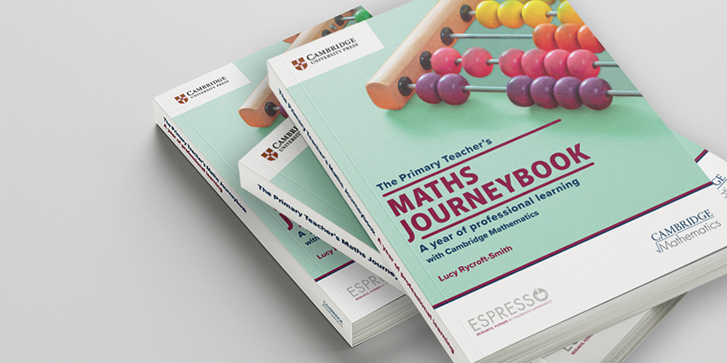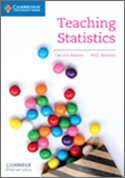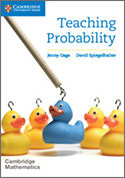
Primary Teacher's Maths Journeybook
Based on the popular Espressos from Cambridge Mathematics, which provide clear and accessible summaries of recent mathematics education research, this reflective journeybook contains everything a primary/early years teacher needs for a year's worth of evidence-informed professional learning in mathematics education. Whether working collaboratively in teams, with a mentor, or individually, teachers write directly in the book, which then serves as a detailed record of their learning that can be returned to time and again. The book includes 20 specially-adapted Espressos, along with prompt questions, guided reflections, and stimulus material to support understanding and using research in the mathematics classroom.
Available from all good bookshops.
Buy from the CUP Bookshop
Other Publications

*Teaching Statistics by Darren Macey and Will Hornby Published May 2018
Statistics has developed in parallel with the advances of technological and social change. Informed by the work of the Cambridge Mathematics team, this book outlines a new pedagogical approach to teaching statistics. It frames the interconnectedness of the subject around the experiences that students should have, rather than the specific techniques required. The book provides numerous examples and suggestions that teachers can incorporate in the classroom to help improve the way students understand statistics.

Teaching Probability by Jenny Gage and David Spiegelhalter Published August 2016
Written by leading subject specialists, Teaching Probability is designed to support teaching concepts in probability by providing a new approach to this difficult subject from a perspective not limited by a syllabus, giving teachers both theoretical and practical knowledge of an innovative way of teaching probability. This alternative approach to teaching probability focuses on the methods that teachers can apply to help their students engage with the topic using experiments and mathematical models to solve problems, considering how to overcome common misconceptions and the way in which probability can be communicated.